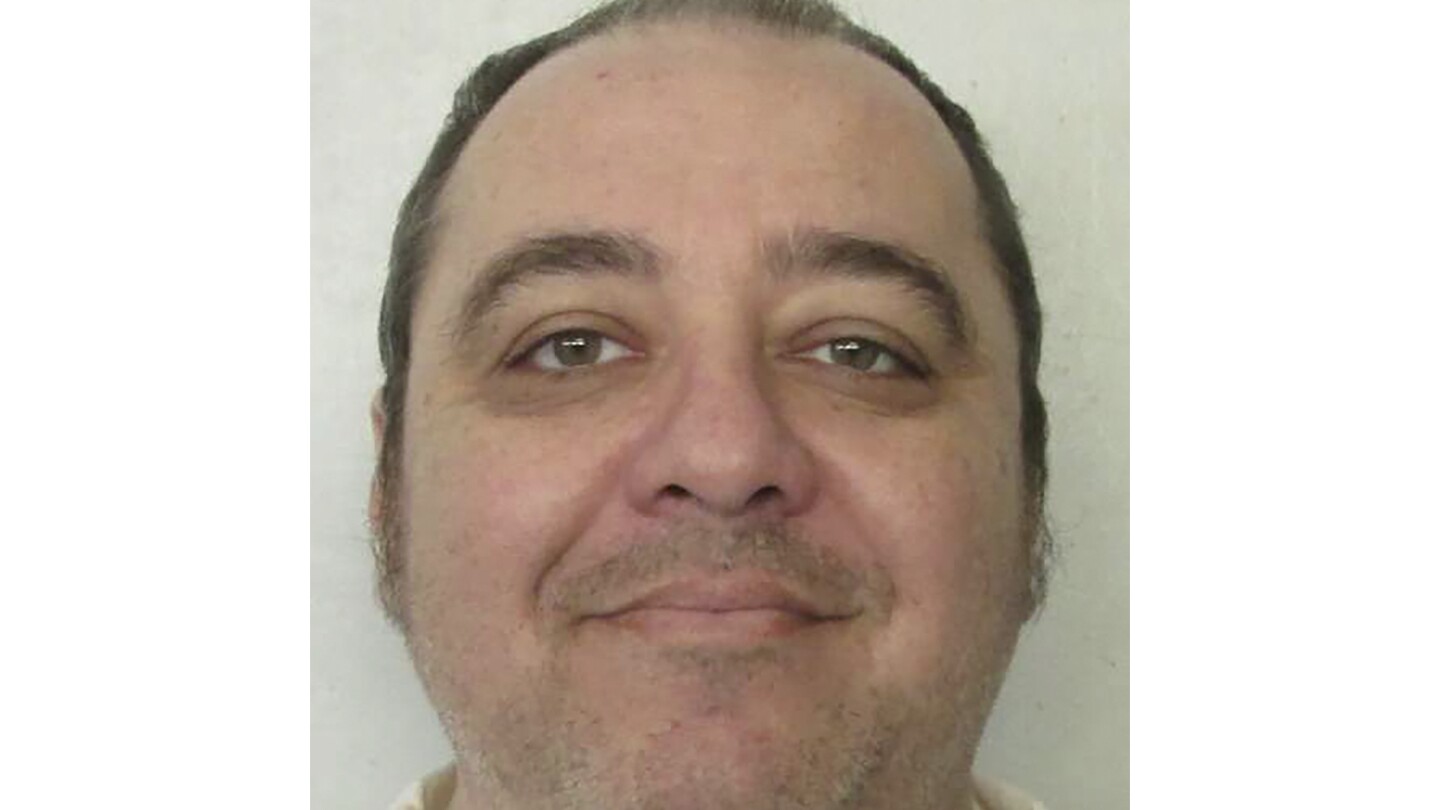Attorneys for Kenneth Eugene Smith, 58, filed an amended lawsuit challenging the proposed new execution method as a potential violation of the Constitution’s ban on cruel and unusual punishment. They asked a federal judge to issue a preliminary injunction to block the execution from going forward next year.
“There is sparse research on how long a human must be exposed to 100% pure nitrogen to cause death, what happens if a human is exposed to less than 100% pure nitrogen for a prolonged period of time, or on the pain or sensations that a human exposed to nitrogen might experience,” his attorneys wrote in the amended lawsuit filed Monday.
They noted in the filing that the American Veterinary Medical Association wrote in 2020 euthanasia guidelines that nitrogen hypoxia is an acceptable method of euthanasia for pigs but not other mammals because it could create an “anoxic environment that is distressing for some species.”



Arguing his way into a more painful death
Exactly this. There is a lot of experimental and direct human knowledge of nitrogen asphyxiation.
The “anoxic environment distressing to some animals” is specific to rodentia or other creatures that have been exposed to anoxic environments in their evolutionary process.
Must animals use a buildup of waste products to sense a need for fresh air. But in an anoxic environment (like when breathing only nitrogen, or when breathing subterranean gases that have similarly supplanted oxygen), you still breathe out the waste products, so everything seems fine.
But since rodents live underground on a regular basis and have realistic probabilities of encountering low- or no-oxygen environments, they evolved the ability specifically to detect oxygen - that is, they evolved the ability to realoze there’s no oxygen and freak out.
But for us, it’s blissful sleep, possibly preceded by a case of the sillies.
deleted by creator
Not really, though. This is an area that is tested on a regular basis in humans. It’s a normal part of air force pilot training to undergo hypoxia, precisely because it’s something so difficult to recognize, and because people don’t react to it - which could be deadly at hgh altitudes.
You could possibly make a case that for someone with COPD or who otherwise has had constantly elevated levels of carbon dioxide in their blood, where they may have adapted to using oxygen to drive the respiratory process. But in actual cases of acute hypoxia, people don’t freak out, panic, or in most cases even become slightly uncomfortable. They go to sleep.
He’s trying to argue his way out of execution while appeals are being filed.